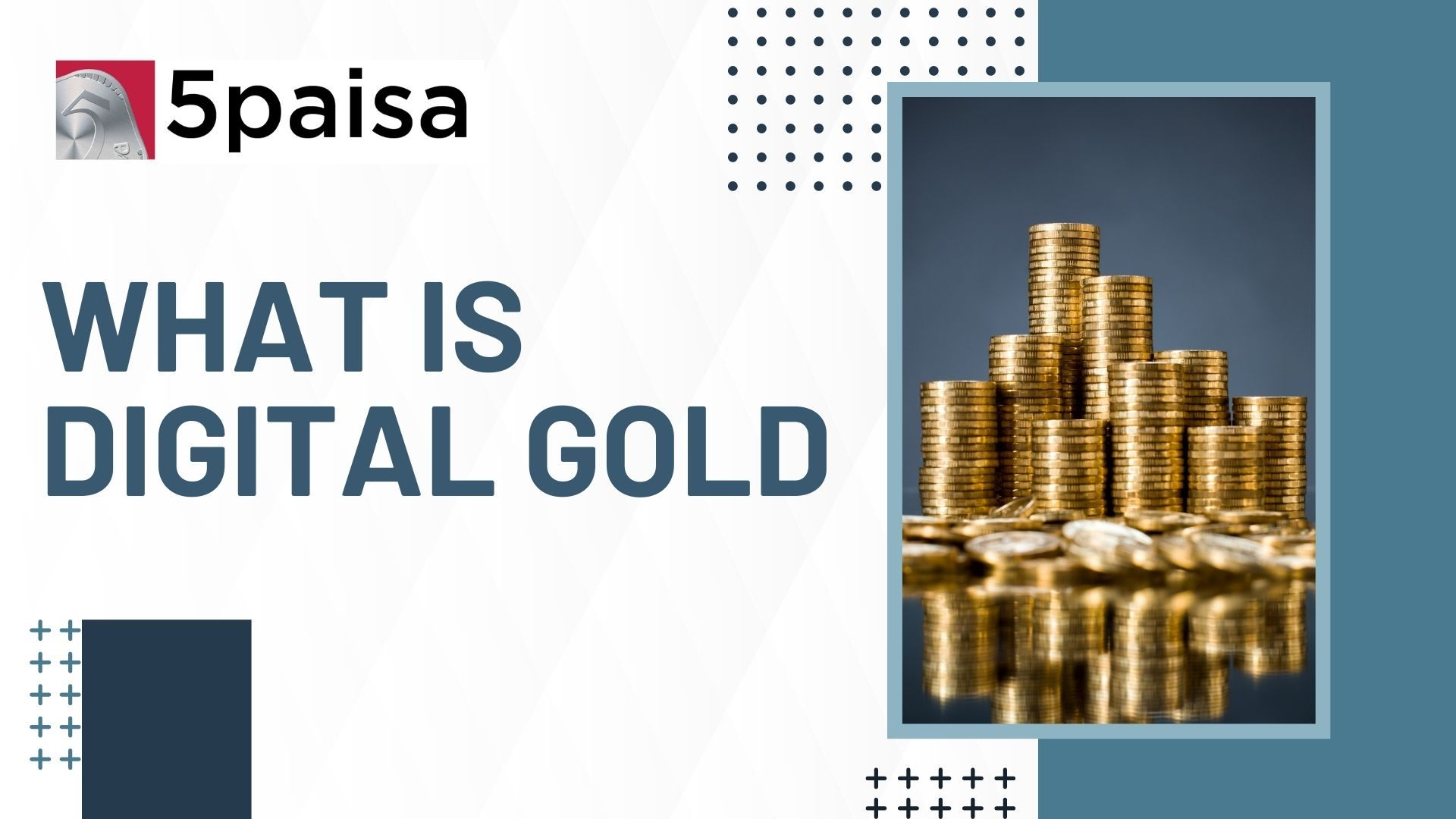Sovereign Gold Bonds Guide - Basics you need to know before Investing | 5paisa Article

Sovereign Gold Bonds are the new-age way of investing in gold. It presents an opportunity to invest in the precious metal that is not in the form of jewelry, coins or a bar, overcoming the hassles of physical safekeeping or theft, the expenses of a locker, and getting rid of impurities in gold. At same time, it ensures better returns as compared to physical gold, besides providing interest on the amount invested.
The Gold Monetization scheme was launched by Prime Minister Narendra Modi in November 2015. It sought to bring out some 20,000 tonnes of gold from households and temples, and merge into the mainstream banking system.
In general, buying paper gold will help the government in controlling gold import, and Sovereign Gold Bonds is just a start. According to one estimate, only 3060 kg of gold have been collected from five tranches so far.
The government regularly announces tranches of Sovereign Gold Bond (SGB) Scheme, the details of which are posted on the RBI website. In its latest offering, applications for the bond issue were accepted February 27- March 3, 2017, while the bonds were issued on March 17, 2017. The scheme enjoys immense government attention as Shaktikanta Das, Secretary, Economic Affairs Department, tweeted on the latest launch, "excellent opportunity to invest and benefit from gold price appreciation".
There is little doubt that Sovereign Gold Bonds can be helpful in diversifying one’s portfolio. By investing in SGB, one can open two simultaneous streams of revenue. One from the movement of gold prices and another from fixed interest rate.
And so before you take the plunge and get involved in Sovereign Gold Bonds, here are a few pointers to keep in mind:
Alternative exposure to gold
Don't put all your eggs in one basket. It is always good to diversify your portfolio with around 10-15% invested in gold.
Sovereign Gold Bonds offer a solid alternative to take exposure to gold as it offers additional interest. There are no annual recurring expenses as compared with gold ETFs (expense ratio in ETF is 1%). The sovereign gold bonds will be sold through banks, Stock Holding Corporation of India (SHCIL), designated post offices and the National Stock Exchange of India and the Bombay Stock Exchange, which would allow early exit.
Can be used as collateral
Bonds can be used as collateral for loans. The loan-to-value (LTV) ratio is to be set equal to ordinary gold loan mandated by the Reserve Bank of India (RBI) from time to time.
Who can buy the Bonds
The bonds are restricted for sale to resident Indian entities, including individuals, HUFs, trusts, universities and charitable institutions. Bonds will be denominated in multiples of gram(s) of gold with a basic unit of 1 gram.
Interest rate
Investors will be compensated at a fixed rate of 2.5% per annum payable semi-annually on the nominal value.
Tenure
The tenure of the bond will be for a period of eight years. However, an exit option is available from the fifth year.
How the SGBs have fared so far
|
Scheme |
Issue period |
Issue price (Rs/gm) |
|
Sovereign Gold Bond 2015-16 |
Nov 5 – Nov 20, 2015 |
2648 |
|
SGB 2016 |
Jan 18 – Jan 22, 2016 |
2600 |
|
SGB 2016 – Series II |
March 8- March 14, 2016 |
2916 |
|
SGB 2016 - 17 Series I |
July 18 – July 22, 2016 |
3119 |
|
SGB 2016 - 17 Series II |
Sep 1 – Sep 9, 2016 |
3150 |
|
SGB 2016 – 17 Series III |
Oct 24 – Nov 2, 2016 |
2957 |
|
SGB 2016 – 17 Series IV |
Feb 27 – March 3, 2017 |
2893 |
Prices as on Feb 23, 2017
Source: RBI
- Flat ₹20 Brokerage
- Next-gen Trading
- Advanced Charting
- Actionable Ideas
Trending on 5paisa
Commodities Related Articles
Disclaimer: Investment in securities market are subject to market risks, read all the related documents carefully before investing. For detailed disclaimer please Click here.

 5paisa Capital Ltd
5paisa Capital Ltd




